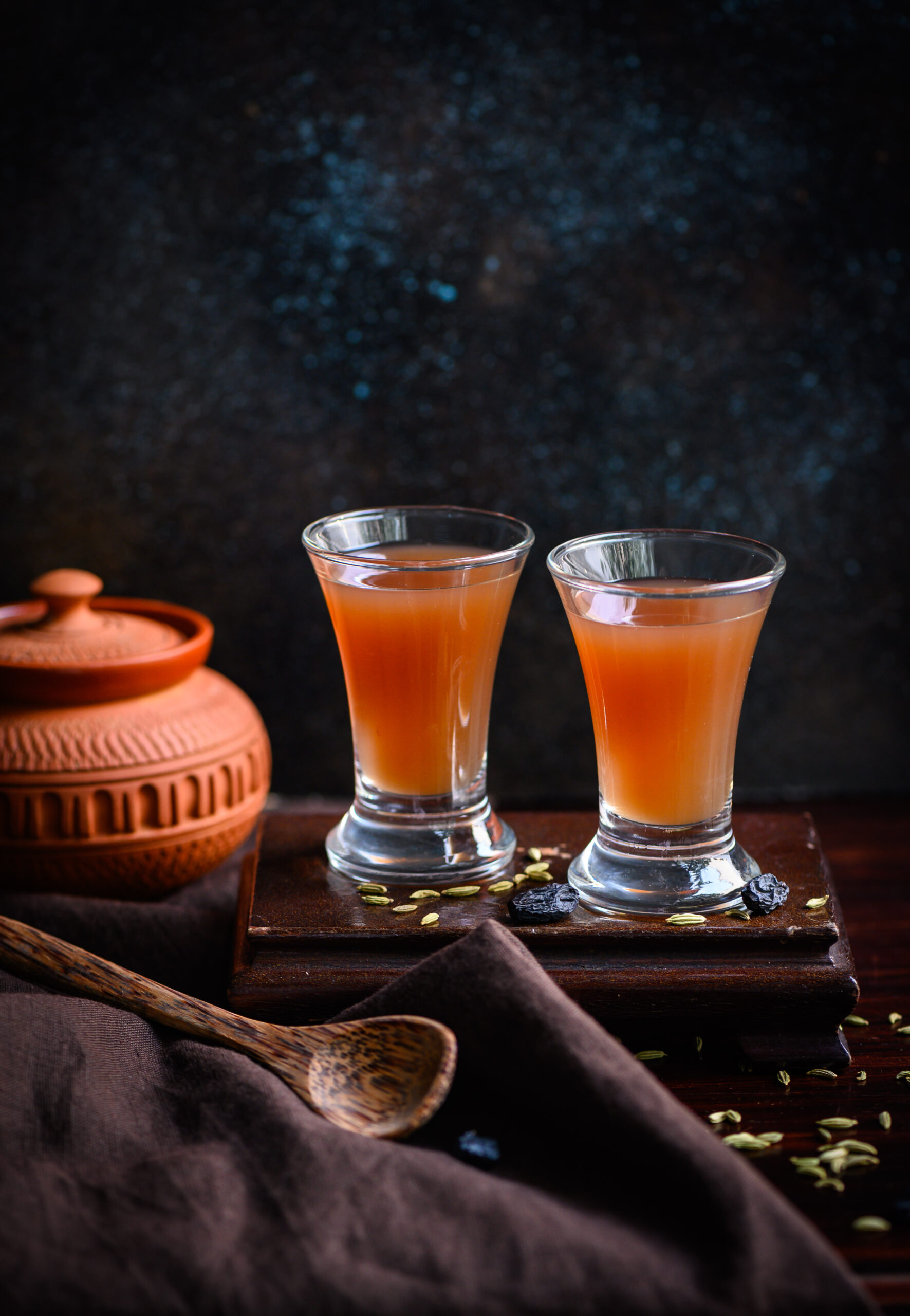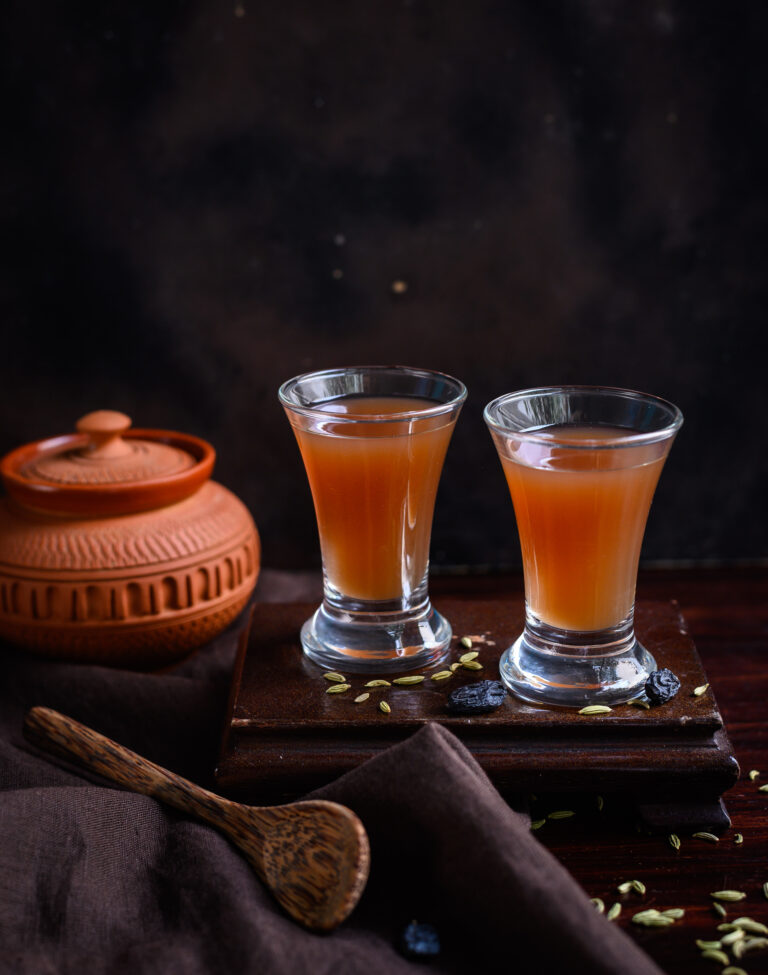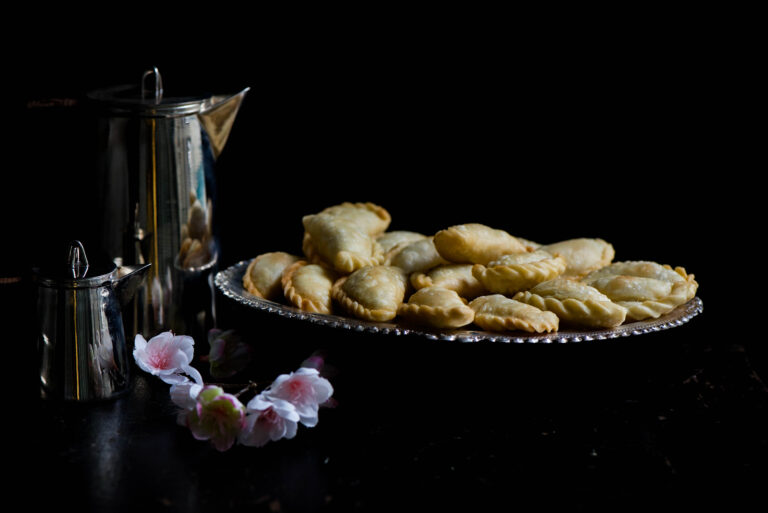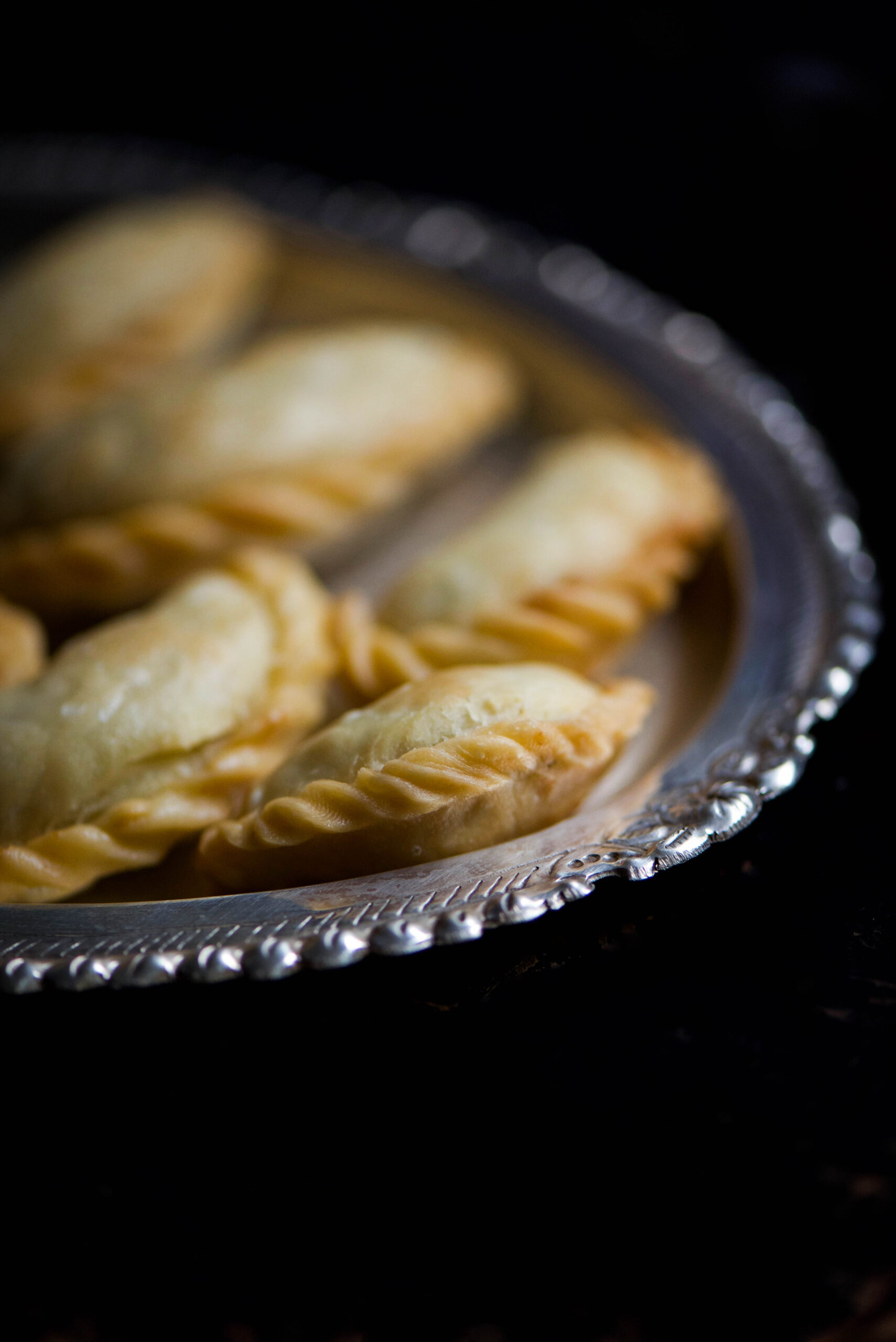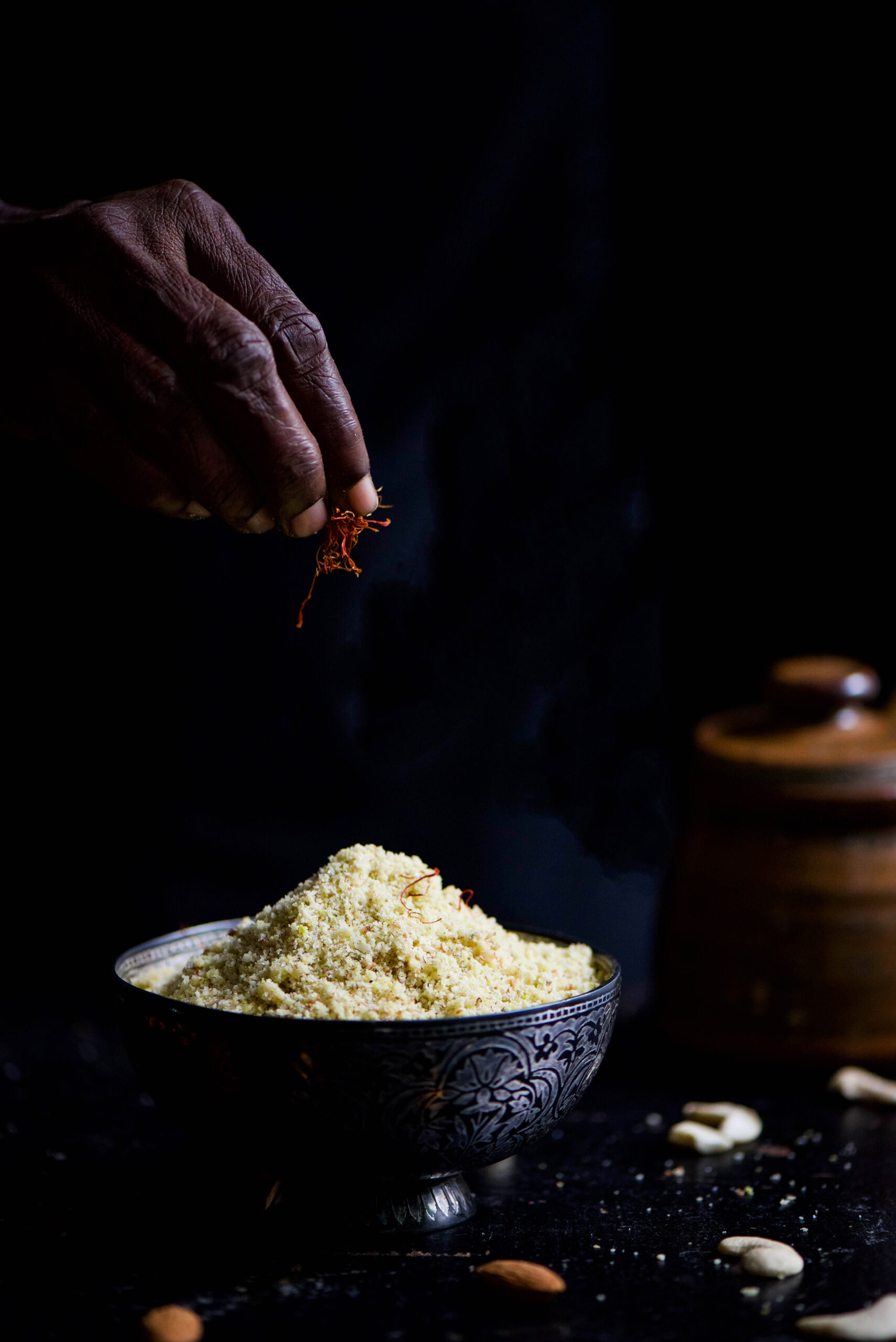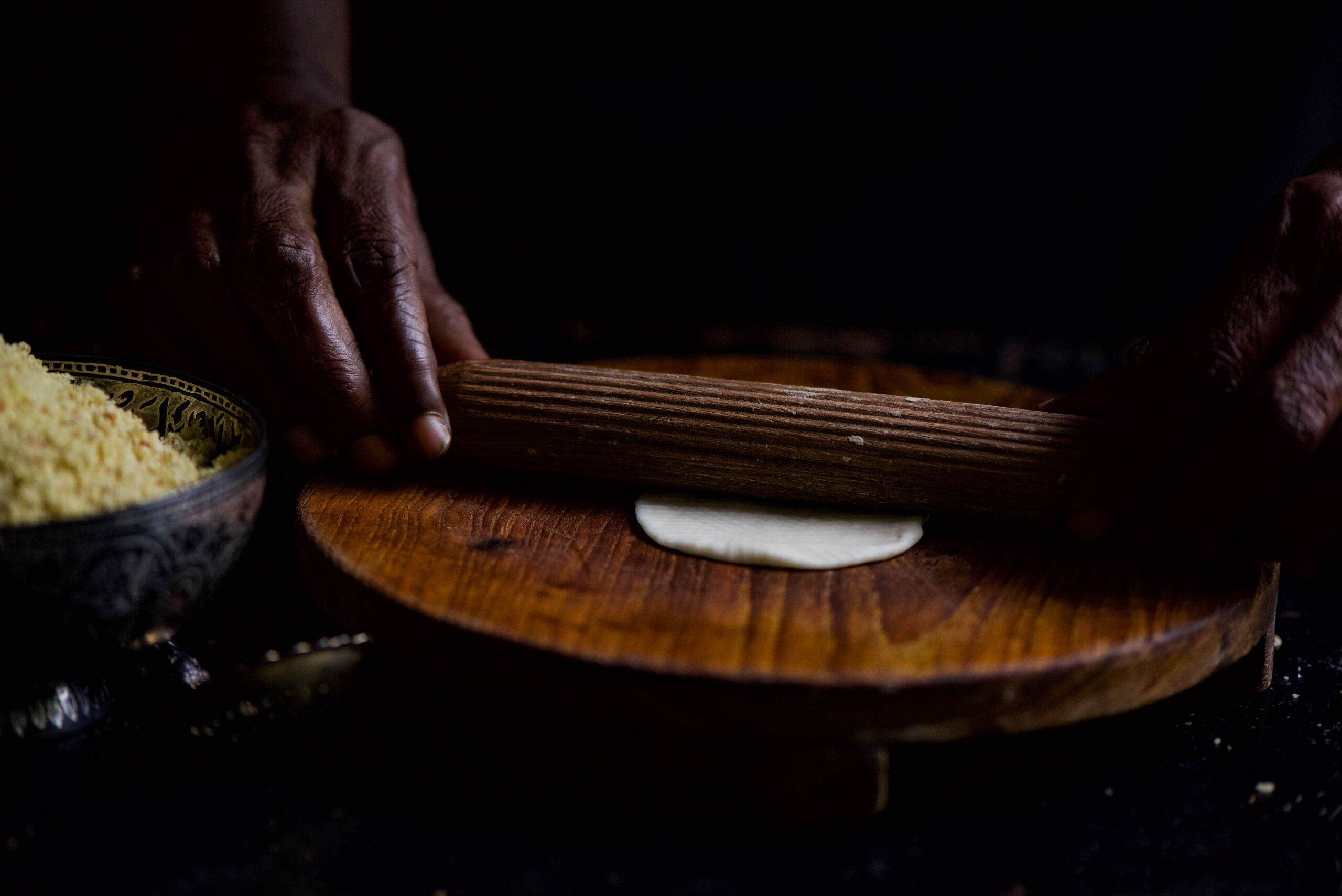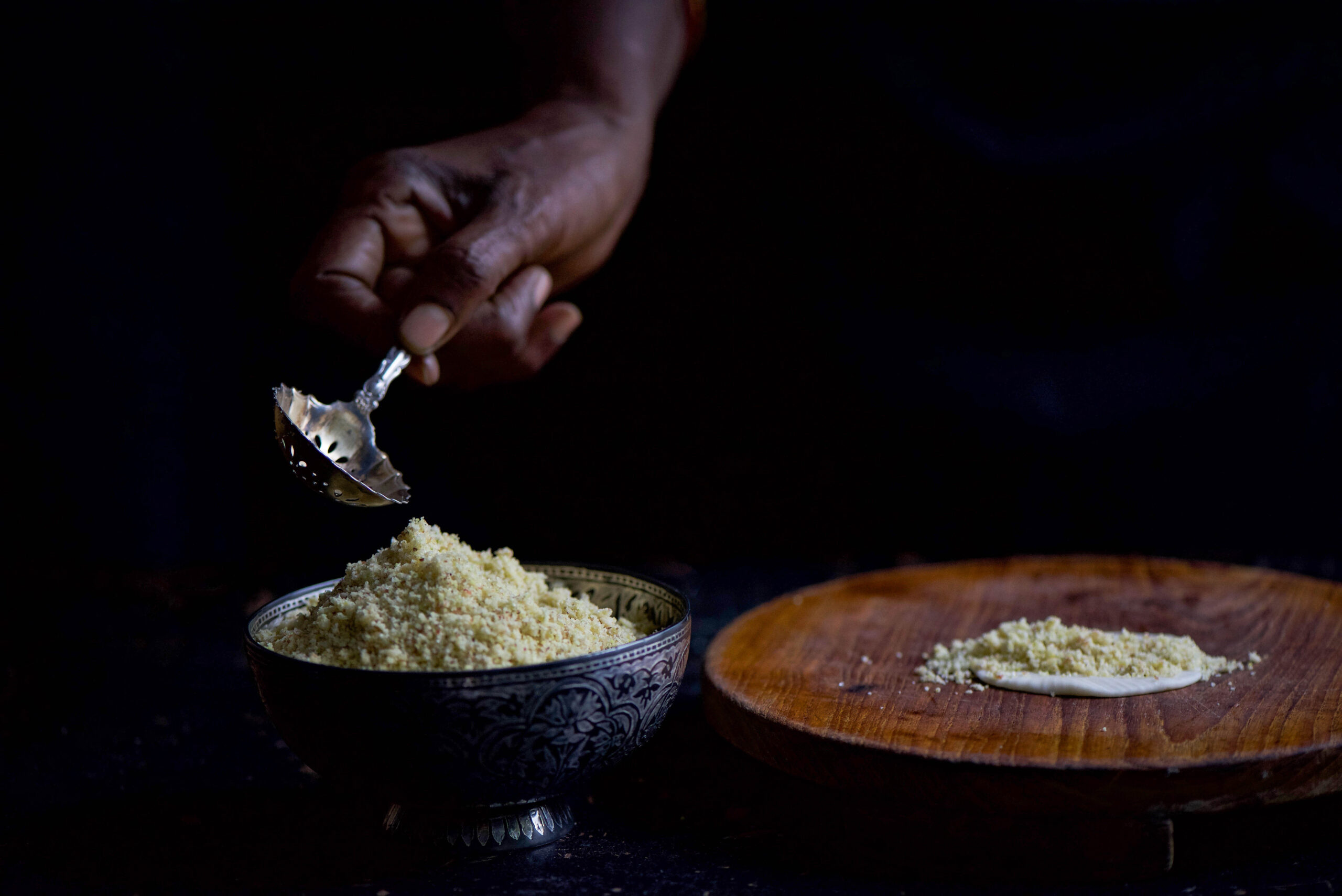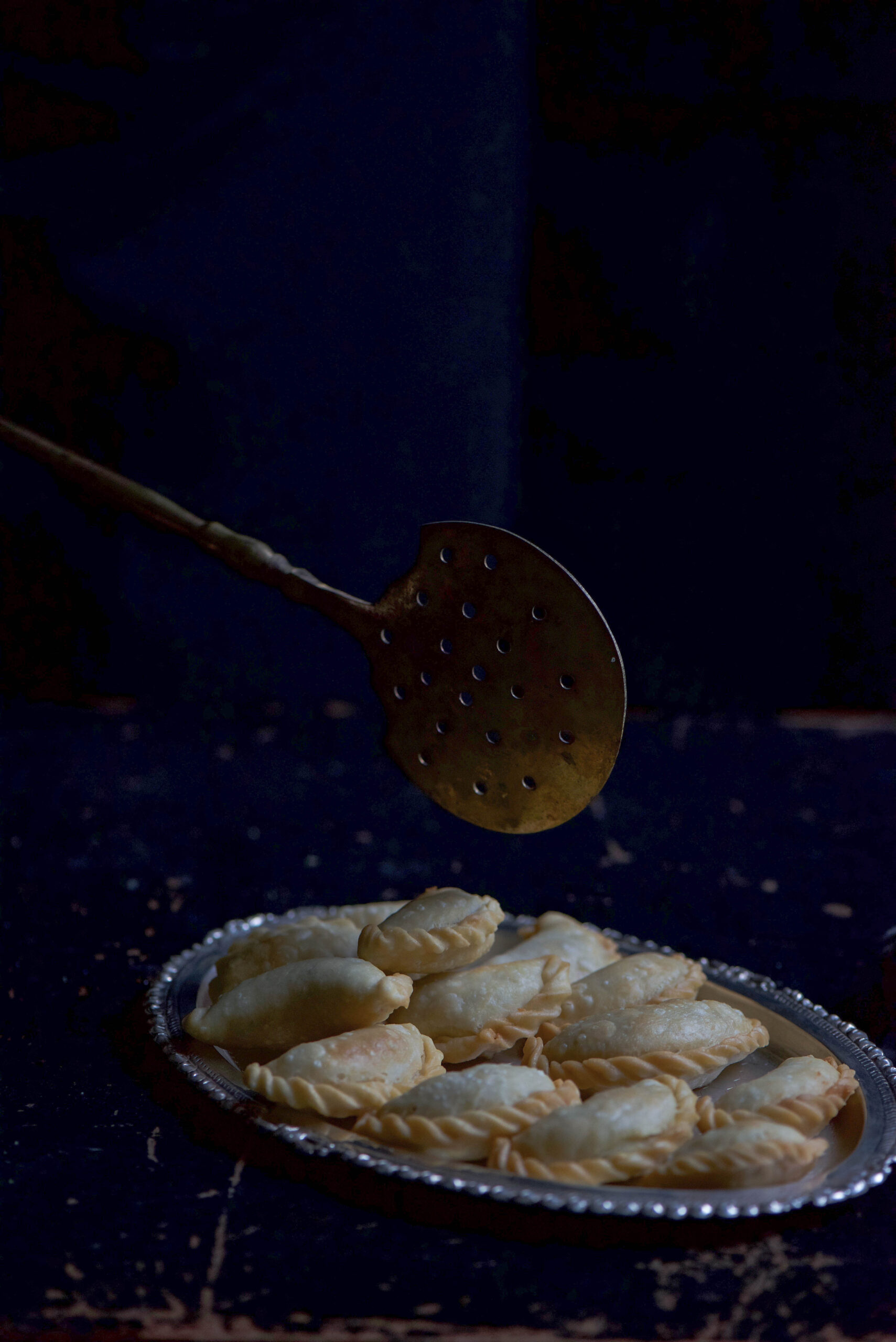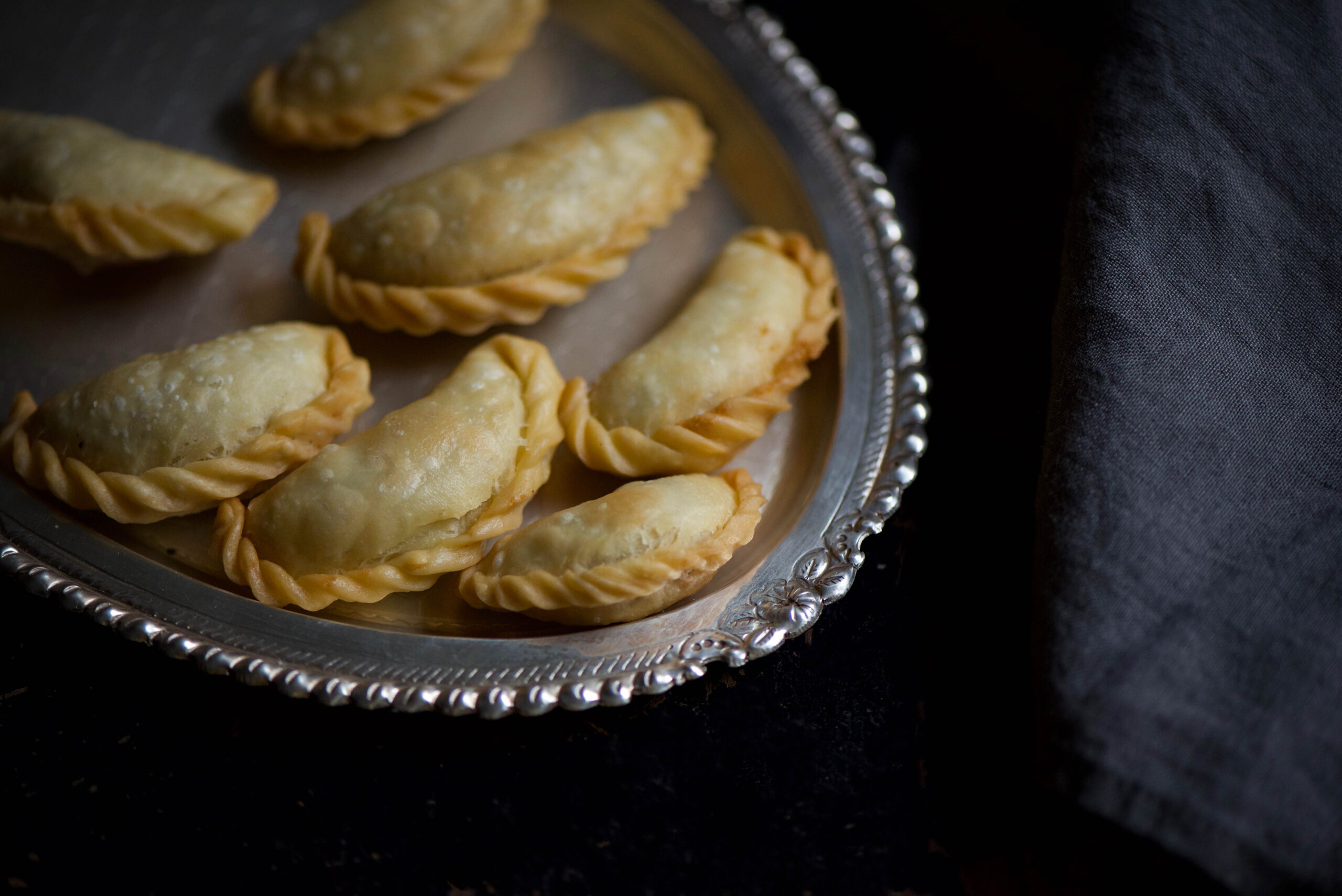In my recent recipe for a barley lime drink, I mentioned how my sister and I were anaemic while growing up, and how we were subjected to a range of homemade remedies to improve our condition. When she and I reminisce about the good old days now, we often laugh about all those horrible tonics and preparations, and very fondly remember one we actually loved. In fact, many children would, because of its delicious sweetness. The “medicine” in question was the raisin kalkand (crystal sugar) syrup, a simple health-boosting tonic our mother often prepared for us.
We would be given this first thing in the morning during the summers because it’s a highly cooling drink, in addition to its strengthening properties. Dehydration is something we’ve all become mindful of given this heat. But it’s also important to consume foods and beverages which have a cooling effect on the body. The science of Ayurveda has helped us identify many of these. As I’ve said before, I don’t know how much of it was science and how much of it was intuition, but my mother had an amazing skill when it came to knowing the heating and cooling properties of various ingredients. So she made sure that the raisin kalkand syrup was a summertime drink for us. It’s cooling both in terms of what’s in it and how it’s made.
Life was so different back then, when we were growing up. We were all so dependent on natural remedies, avoiding pills, and were no less healthy for it. These are ways of life which are being forgotten. Do you remember growing up in that time, in which mothers and grandmothers always seemed to know what to reach for in the kitchen to not just treat but even cure all kinds of common ailments?
In retrospect, I appreciate those kinds of healing methodologies and natural sciences all the more. They followed traditional customs, had seasonal logic, and maintained health in the family and community. I have become a big believer in these remedies, and many trips down memory lane have helped me bring some of them back into my life. This health-boosting turmeric shot and this herbal tonic for sniffles are but two examples of how a handful of common ingredients can make you feel all better.
Still, I must admit that I struggle sometimes to maintain and share the old ways of healing, especially when it comes to my children and how fast-paced their lifestyles now are. But that’s partly why I feel it’s so important to revive and invest in these methods. They counter the demands of the world through their time-honoured and proven usage. They were not passed down through so many generations for nothing. For small complaints, they often work like a charm.
And as far as charms go, this raisin kalkand syrup is a particularly sweet one. Literally! You’d be hard-pressed to find a child who will reject a shot of it.
Like so many old recipes, the secret to this one lies in its simplicity. Fennel seeds are a source of iron, histidine and folic acid, zinc, magnesium, potassium, Vitamins C and K and essential minerals. Black raisins too are full of iron, thus increasing haemoglobin levels, and are also good for bone strength, immunity and a host of other needs of growing children.
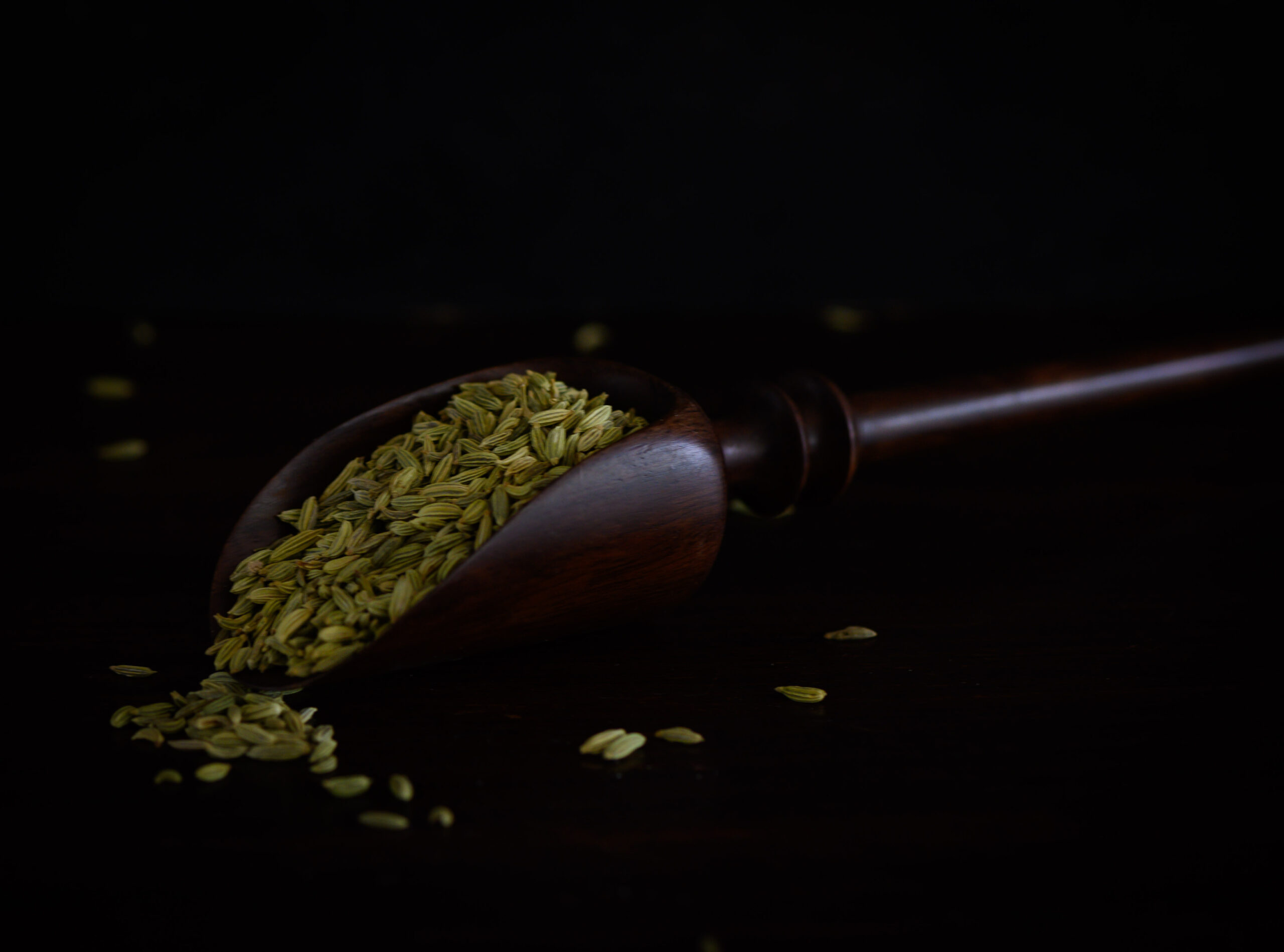
Furthermore, there is a process of soaking which brings out the nutrients in the raisins and the fennel. This takes place in a terracotta pot, an ancient cooling method that continues to be a part of Indian kitchens. This amazing, energy-efficient refrigeration technique is also great for curd, water and so many items which are best served cooled in the hot summers. Adapted for both adults and children as a sort of raisin and fennel juice, this syrup that I liked to gulp in a shot from my childhood is an ideal drink to cool down in the heat.
You may be wondering how sugar, which so many nutrition-conscious people regard as a big no-no, could be such a major part of a home remedy. Its presence in this recipe is neither for reducing bitterness nor for making it more palatable for children, especially since delicious raisins don’t need to be (literally) sugar-coated like certain other nourishing ingredients. The use of kalkand here is only for a cooling effect, just like the terracotta pot. A substitute like jaggery would have a heating effect, and is better avoided.
This raisin kalkand syrup is best taken in the summer months, and joins an ever-growing list of heat-fighting drinks on this blog, including rose sherbet and spiced buttermilk.
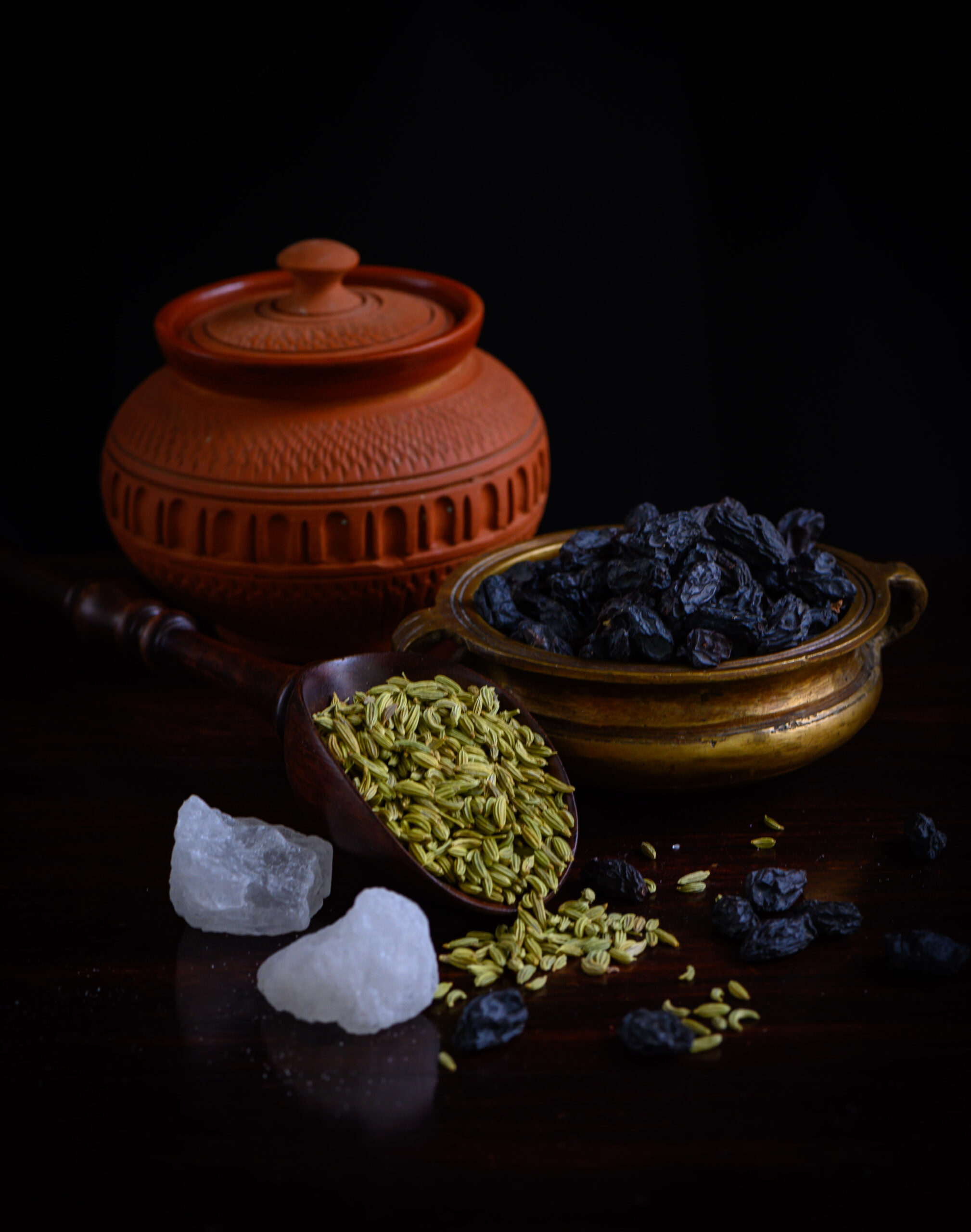
Raisin Kalkand Syrup
(Yield: 1 cup)
¼ cup black raisins
1 lump crystal sugar (optional)
2 tablespoons fennel seeds
1 cup water
A terracotta pot was always considered a must by my mother when making this cooling syrup, so it’s still a part of my own method. Put all the ingredients in a small terracotta pot, including the water. Soak overnight or for a minimum of 6-8 hours.
Please note that the sugar quantity is really a question of personal preference. If you have been advised to cut down on it, you may use less or omit it from the recipe.
Once the soaking process is complete, blend the soaked ingredients with more water.
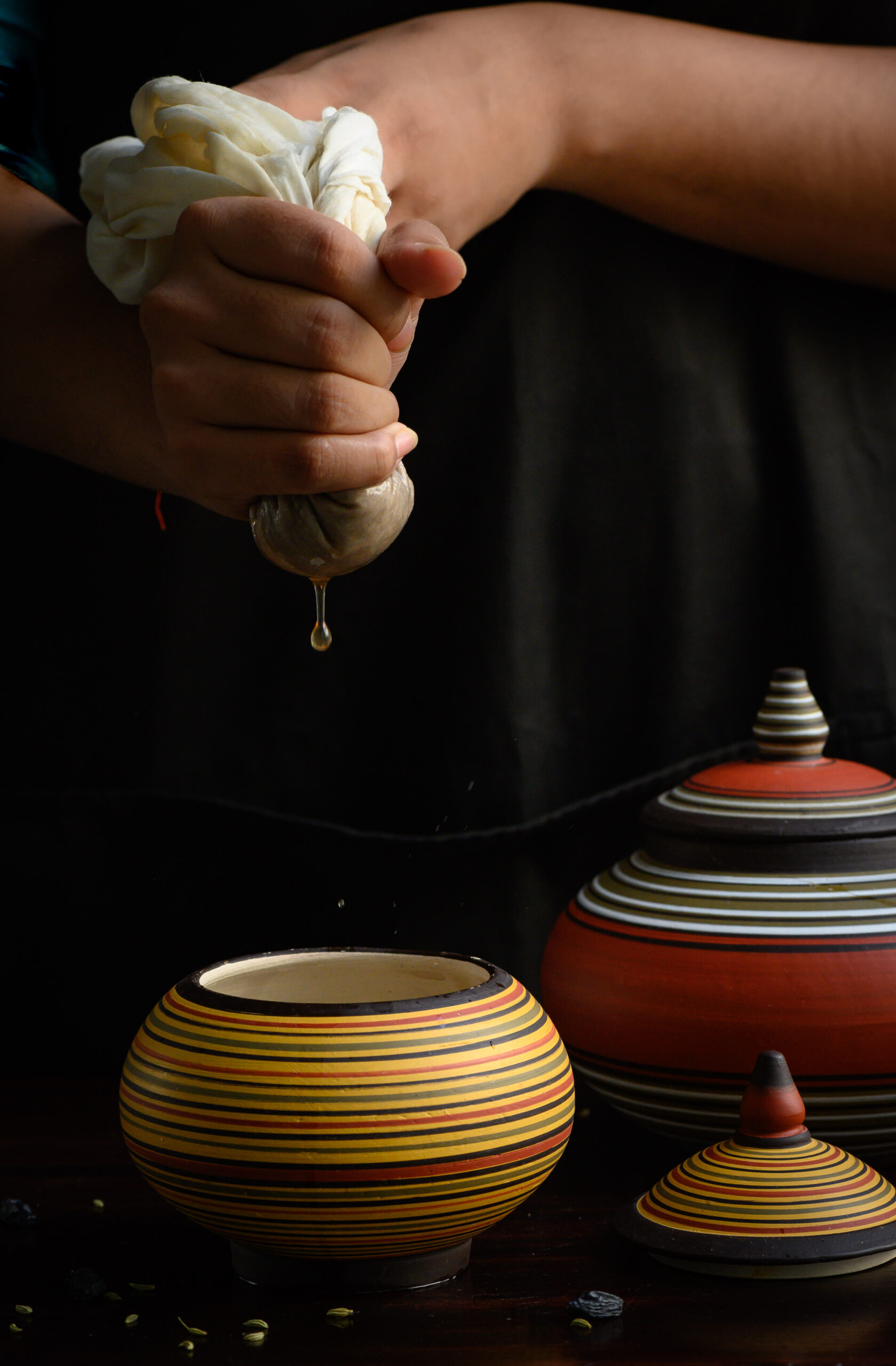
The beauty of how this drink was made was that it was lovingly crushed by our mother’s hands, because we didn’t have a blender around yet. Now of course, I blend it but then strain it with a muslin cloth just as she did. She would use an old saree of hers which had been worn to tatters. Ever resourceful, she would cut pieces from used clothing and keep it for such purposes.
Using a fine muslin cloth, strain the blended mixture well. Squeeze the liquid into a glass. As children, we loved drinking it like a shot, although you may prefer to sip it. Enjoy at room temperature and preferably fresh. This recipe serves one. Increase quantities as desired to serve more.
With all the bitter remedies that we were forced to spoon down growing up, this raisin kalkand syrup was not only a tasty respite, but also a beautiful metaphor on balance. It served to teach us something important about life itself, and finding ways to make it sweeter. And that’s the lesson that comes to mind as I share it with you today.
